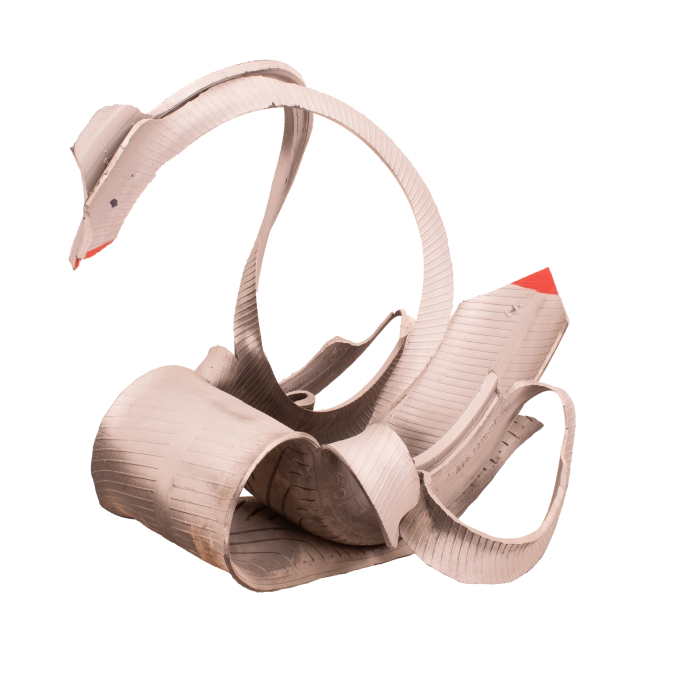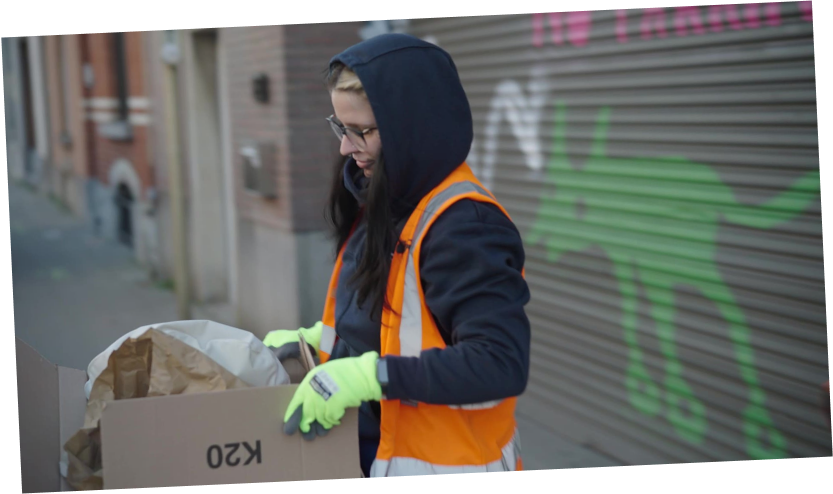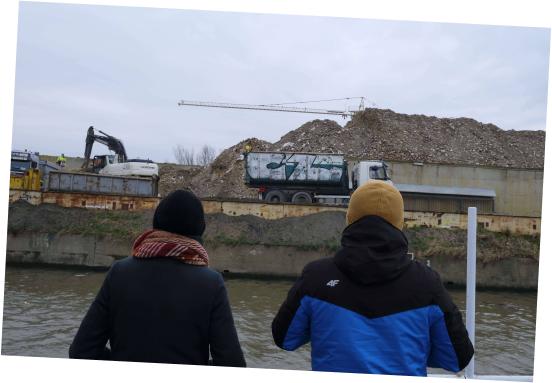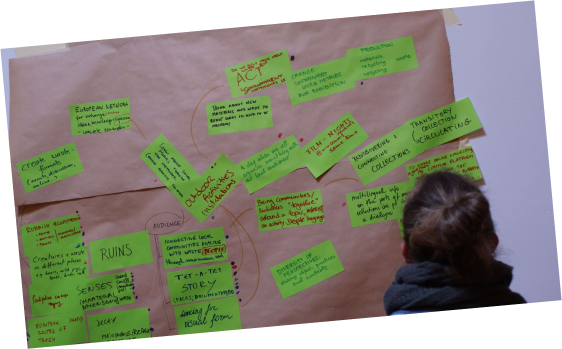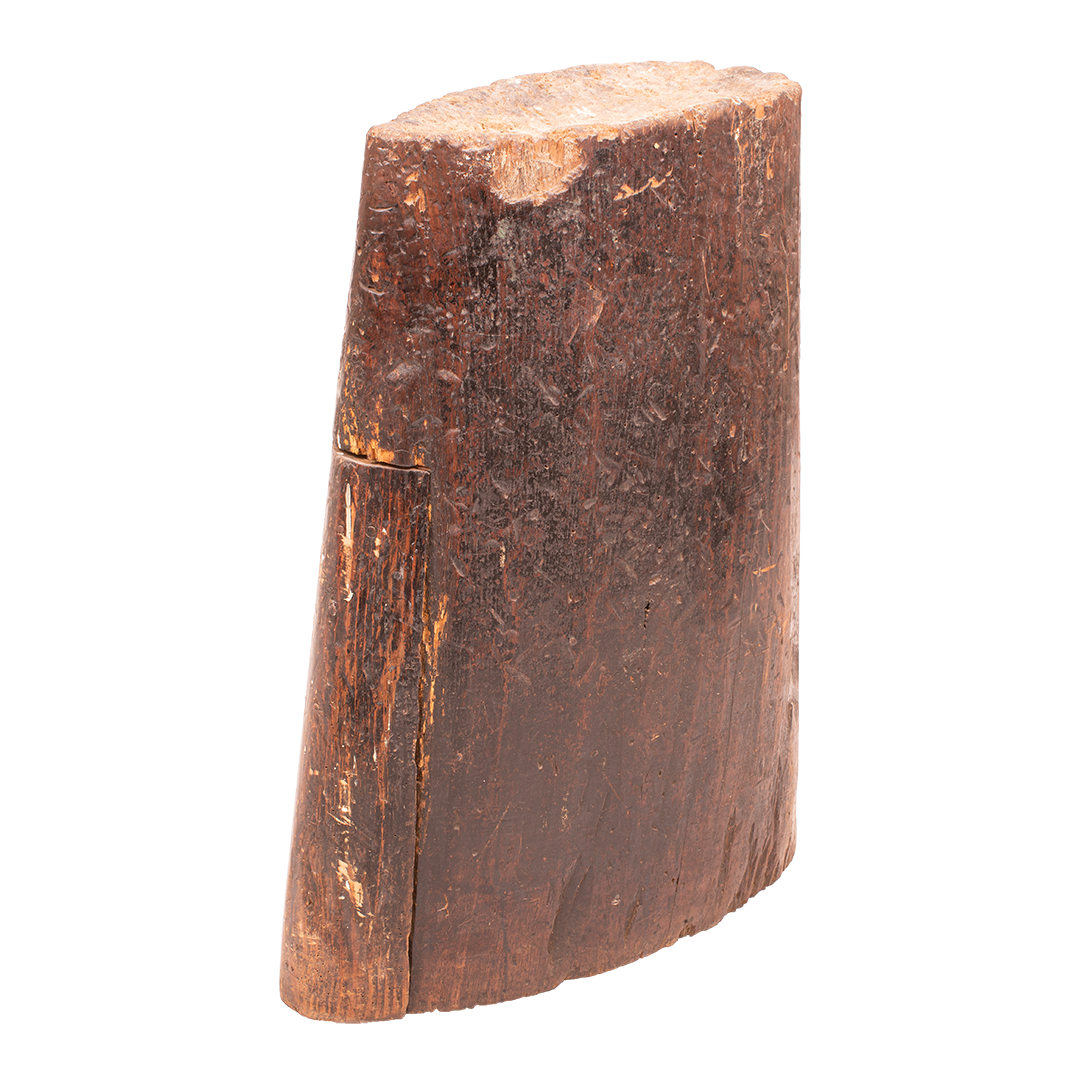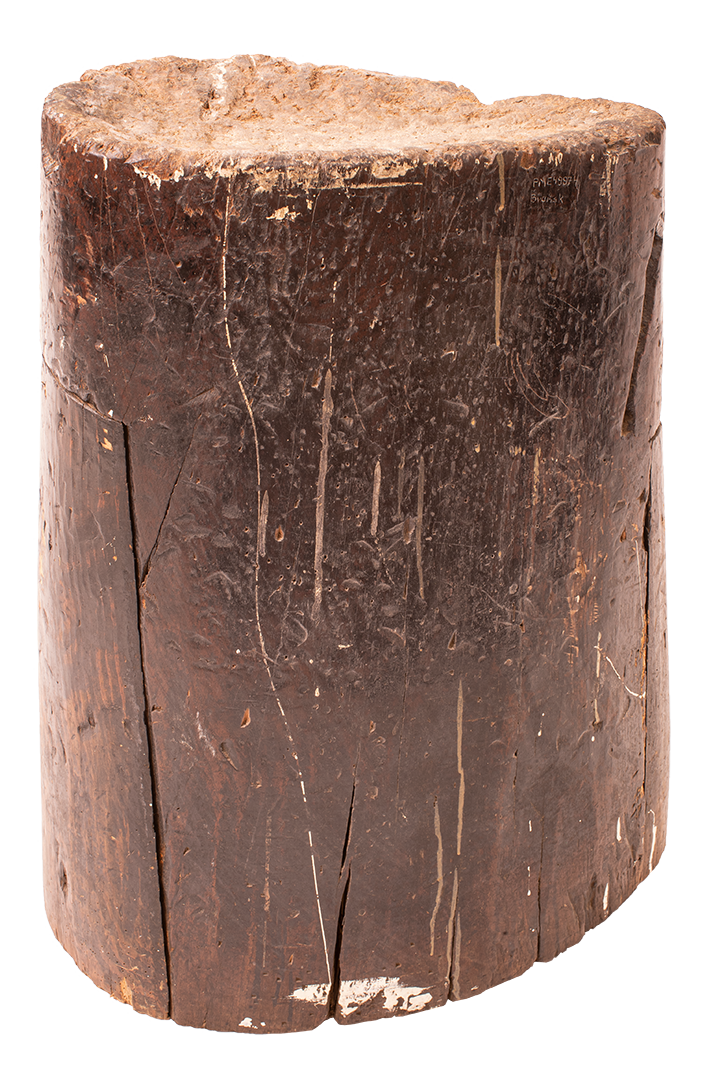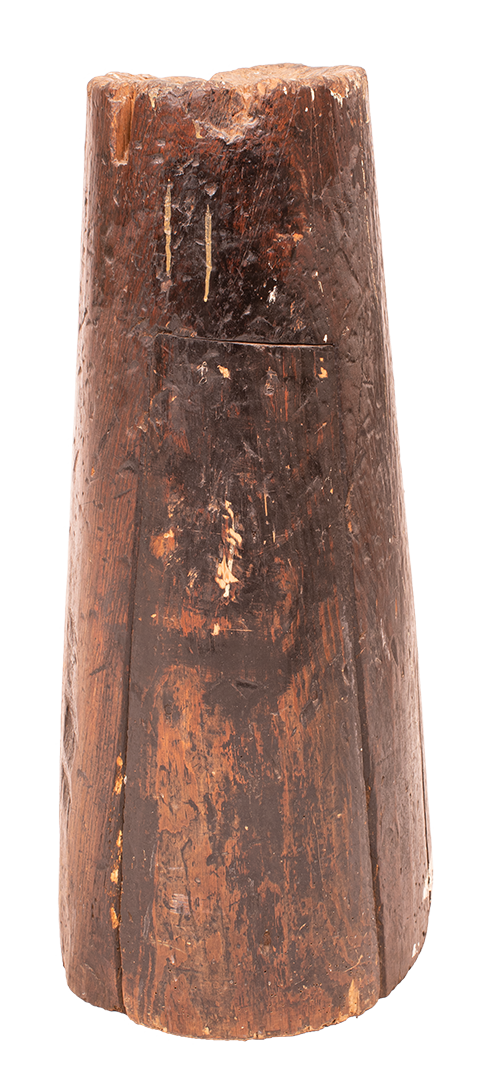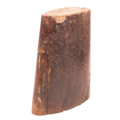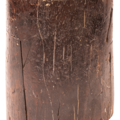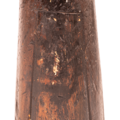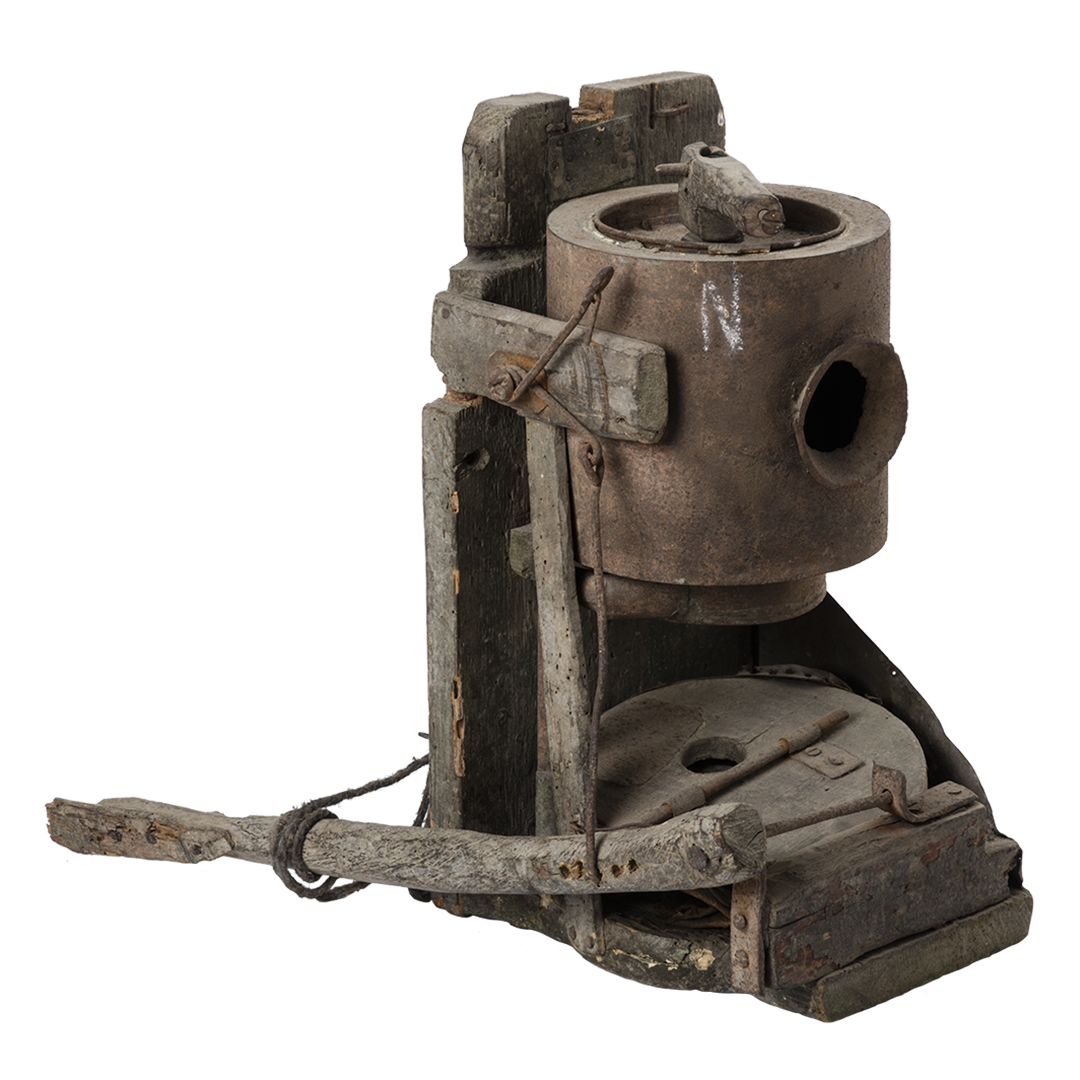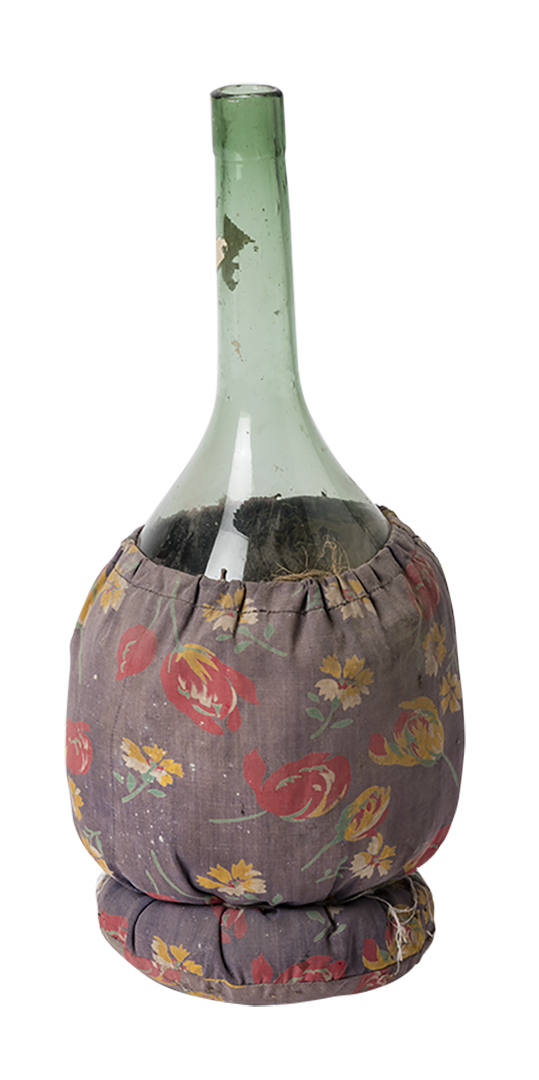Artist/Maker Kazimierz Sokołowski
Date Production/Creation
No data
Entry in the museum collection
1988
Place of origin
Brańsk, Podlaskie Province, Poland, Europe
Current location
National Ethnographic Museum in Warsaw, Warsaw, Poland
Material
Wood (oak), cutting, polishing,
Dimension
Height 83cm; diameter 48.3cm/23cm
Inventory Number PME 49974
Keyword Rural life Work Technology
Copyright PME/NEM
Status On display
Image Credit Photograph by Edward Koprowski
Our museums hold on to an endless array of once common objects now deemed useless. Why do they bother?
What is this object about, who are the people behind it?
These types of stock were used in saddlery workshops to make collars, which are a component of horse harnesses. The saddler was involved in processing leather and making harnesses and saddles so that people could use the pulling power of horses. Increased mechanisation and technological development did not occur in the Polish countryside until the 1960s, and it did not extend to all farmers, so saddlery skills were still highly valued until the 1980s. Over time, though, the mechanical horse displaced the animal variety, which consequently led to the disappearance of saddlery. Technology and industry have relegated this set of skills to the niche of equestrianism and to the graveyard of technical culture and ethnographic museums.
What places is this object related to, how European/transnational is it?
Obsolescence is one of the primary reasons for various types of skills ending up in the heritage bin, and this is not just a local phenomenon. This is inevitable and remains linked to the issue of technological and attitudinal change. It is not that saddlery skills are unnecessary; rather, it is that the world no longer has a need for them. In many cases, our changing relationship with the world also plays a part. We have become part of it and recognised the subjectivity of other beings, including animals. We have stopped seeing them merely as a resource. The survival of crafts such as saddlery, blacksmithing, basket-weaving, folk culture, etc., depends on many factors: fashion, economics, the desire to preserve, subsidies, niche interest or isolation.
Why and how did this object arrive in the museum’s collection?
The stock was already a memento from a bygone age when it was acquired during field work, which is why it ended up in the collection. The owner felt no great sentiment towards this hunk of wood. One of ethnography’s areas of interest was and is everyday life in all its manifestations. Work and the skill of using specific tools – a dimension encompassing both physical practice and practical knowledge – also tell an ethnographic tale about work.
What is the relation of this object to waste?
The saddlery stock comes from the now closed crafts and basic economy collection. Apart from its function as a witness of time and place, and as a silent confidant of the acts of labour, it is useless, like other objects collected in the Museum. Ethnography, especially in its museum dimension, has characteristics of a zombie.

